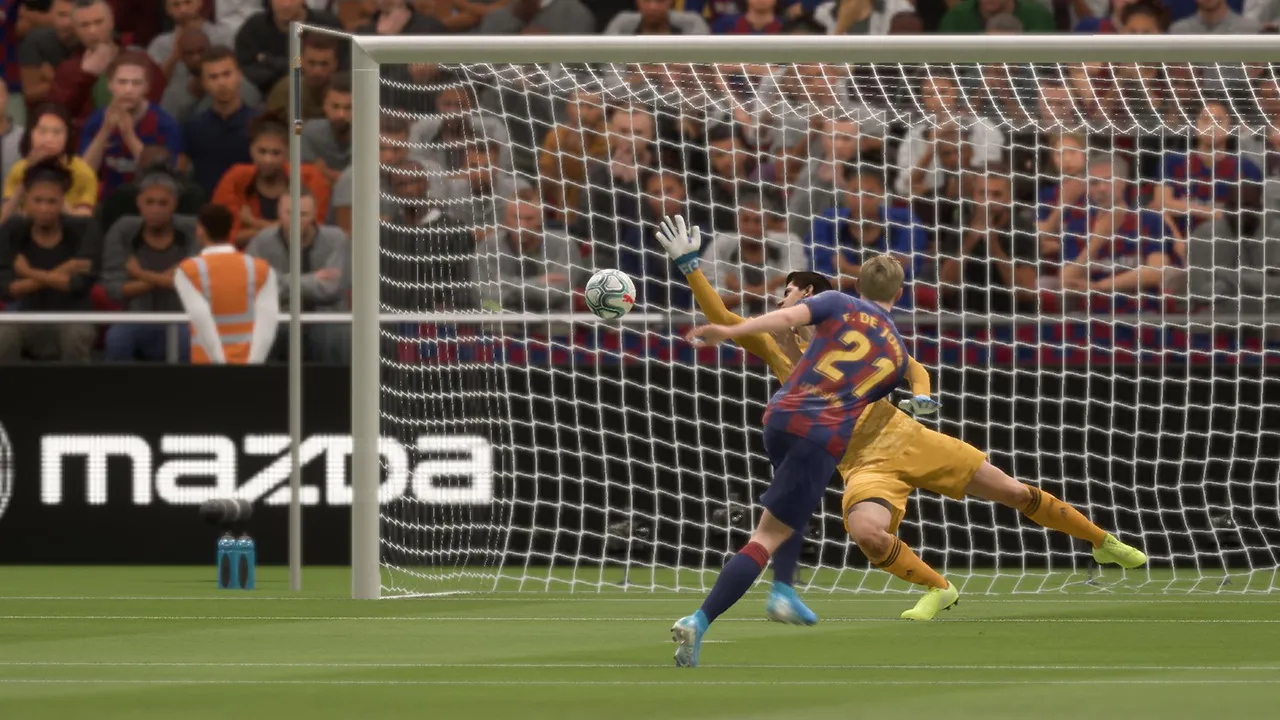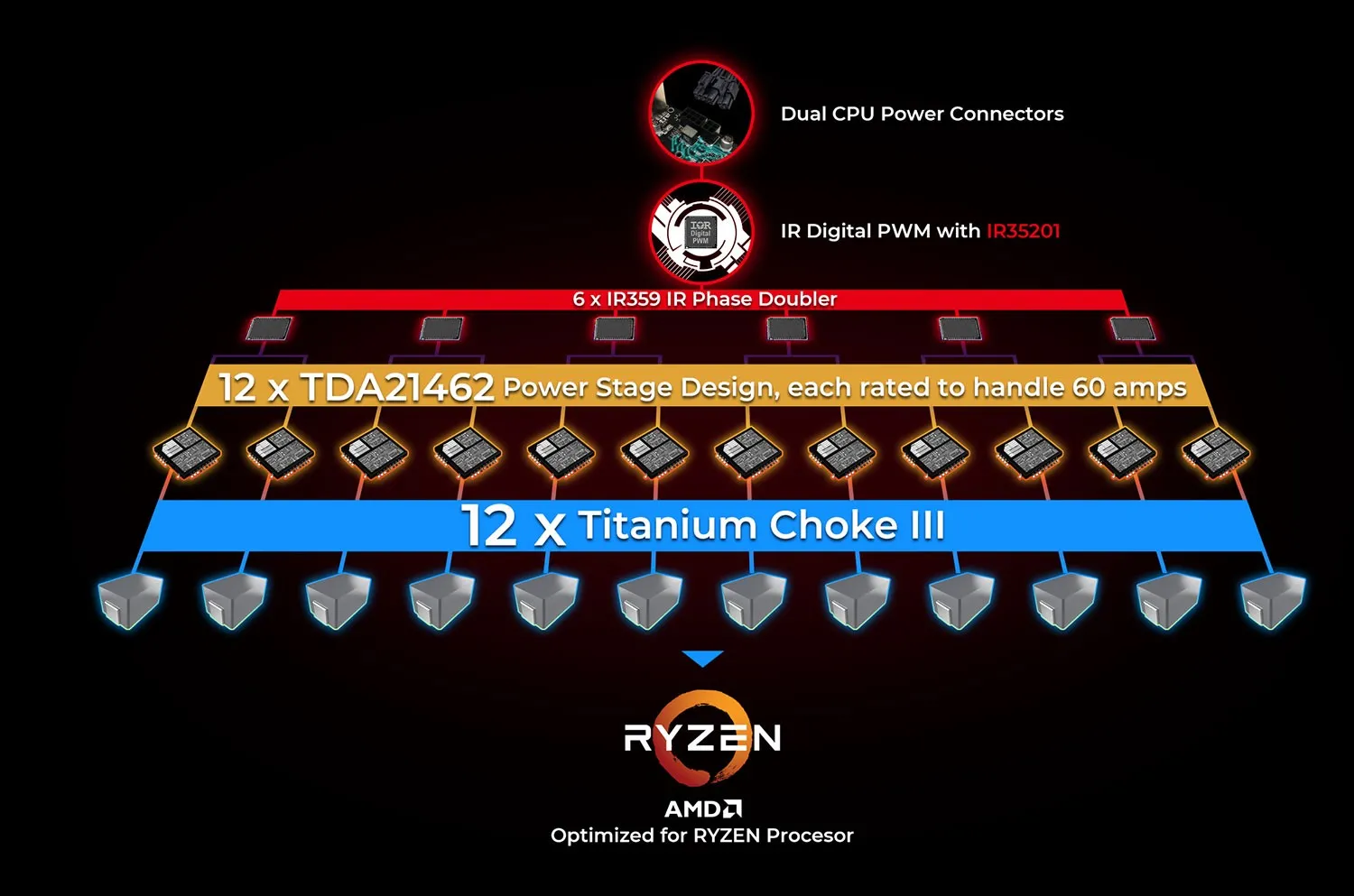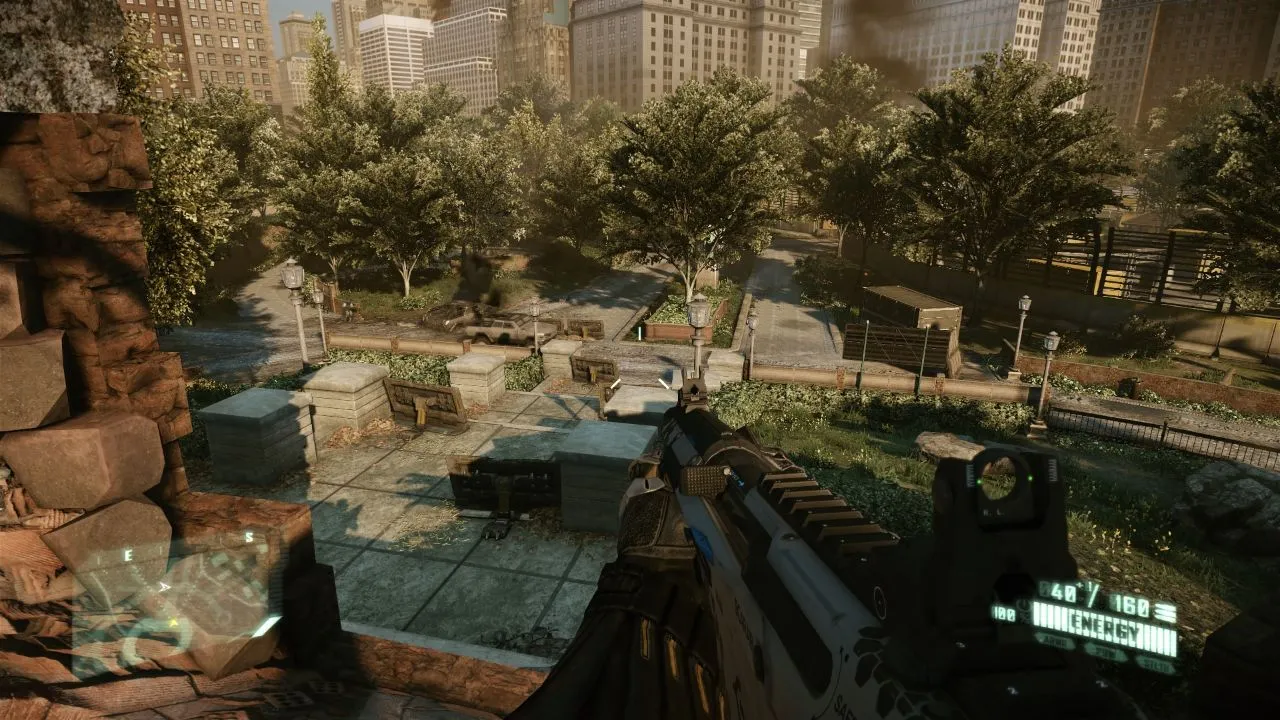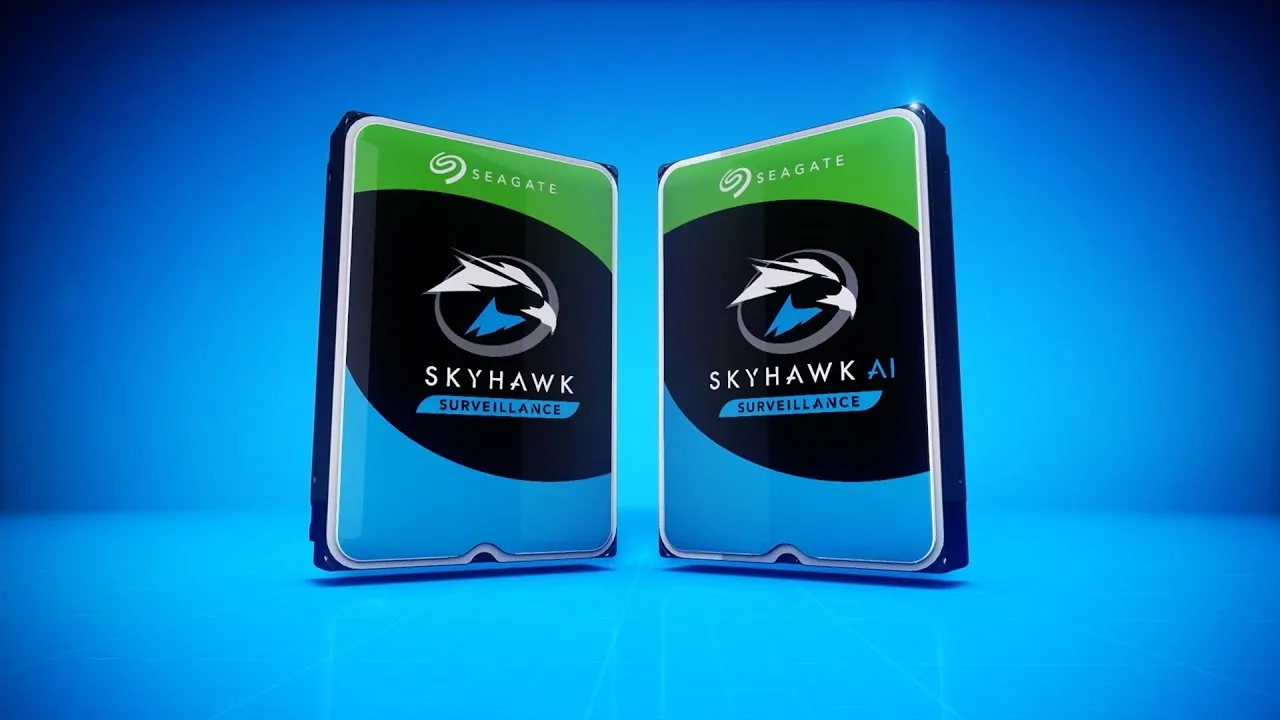
FIFA 20 Review: Volta Football Revitalizes a Stale Formula
Football, a dynamic sport constantly evolving, evokes a range of emotions with every roll of the ball. This passion is captured in the gaming world by EA Sports and Konami with their respective FIFA and PES franchises. Each year, fans eagerly anticipate what these developers will do to bridge the gap between the virtual and real-world football experiences. This year, PES launched first, offering a familiar, if somewhat uninspired, experience for long-time fans. But what about FIFA? FIFA 20 arrived with less fanfare than in previous years, a concerning sign for veteran players. While initial trailers offered a glimpse of the gameplay, much of the pre-release focus centered on Volta Football, a revamped version of FIFA Street. Does FIFA 20 retain its crown as the king of football simulations?
 FIFA 20
FIFA 20
Volta Football: A Breath of Fresh Air from the Streets
In recent years, calls for the return of FIFA Street have grown louder as the main FIFA series seemingly stagnated. EA, however, remained focused on refining its core FIFA experience, with FIFA 19 introducing some interesting features. While FIFA 19‘s House Rules modes offered a less serious take on the game, the inclusion of Volta Football in FIFA 20 is arguably the most significant addition to this year’s iteration. FIFA Street (2012) prioritized improvisation and downplayed tactical gameplay. Fortunately, Volta Football in FIFA 20 successfully captures that spirit on a modern platform. Volta Football injects new life into the FIFA franchise, offering a refreshing street-style experience where players can express their individual flair and artistry, a stark contrast to the structured 11v11 matches.
 FIFA 20
FIFA 20
Volta offers various match formats, including 5v5, 4v4, and 3v3, with or without goalkeepers, on small, medium, and large pitches. Stamina, tactics, and rules are adjusted to fit the street football setting. On walled pitches, throw-ins and corners are eliminated, emphasizing quick passing and skillful wall play. Street football distinguishes itself from professional football through its emphasis on individual skill and creativity. It’s the ideal environment to hone technical abilities, with rapid, short passing combinations dominating the flow of play. Using the walls becomes a crucial element of outmaneuvering opponents. The smaller goals force players to control their shot power, making long-range attempts less effective. In essence, Volta is a showcase for individual skill, with minimal rules and an emphasis on improvisation.
 FIFA 20
FIFA 20
The 3v3 no-goalkeeper mode on a walled pitch provides the purest street football experience, with constant action and minimal interruptions. Volta Football is undoubtedly FIFA 20‘s highlight, featuring a dedicated story mode and extensive Volta Tour tournaments with diverse locations worldwide. The variety of pitches, from Asia to Europe, Africa, and the Americas, adds to the excitement and offers a refreshing alternative to traditional green fields. But can Volta Football single-handedly elevate FIFA 20 beyond the label of FIFA 19.5?
FIFA 19.5?
For an annual football game, expecting drastic gameplay overhauls every year is unrealistic. However, the question remains: what tangible improvements does FIFA 20 offer over its predecessor? Beyond updating player likenesses, celebrations, and other cosmetic elements, which FIFA has always excelled at, FIFA 20 feels remarkably similar to previous iterations. Initial impressions reveal little difference, with subtle changes becoming apparent only after extended playtime.
 FIFA 20
FIFA 20
Long shots feel less overpowered, likely due to the new ball physics, but ball control feels less responsive, requiring more time to execute actions. 1v1 situations between attackers and defenders are more natural, with skilled players able to create space effectively. Tackling feels more precise, with fewer instances of mistimed challenges. However, these nuances are easily overlooked during gameplay. For players accustomed to the established FIFA formula, FIFA 20 initially feels like a rehash of the previous year’s game.
 FIFA 20
FIFA 20
The most noticeable change is the Set Piece Rewrite, a feature first introduced in FIFA 17. Its return after three iterations seems like a sensible decision, though the execution feels somewhat mechanical, with set pieces relying on a formulaic approach. This assessment is subjective, and some players may prefer the new system. Long-standing issues persist, including repetitive commentary, generic crowd chants, and the occasional instance of the ball clipping through players. While FIFA 18 addressed shortcomings in FIFA 17, FIFA 20 doesn’t achieve the same level of refinement over FIFA 19. Looking back a decade, FIFA 10 significantly improved upon the flawed FIFA 09, propelling the franchise forward. FIFA 20‘s core gameplay, the foundation of the series, feels disappointingly stagnant.
 FIFA 20
FIFA 20
New Shortcomings
FIFA has always leveraged its extensive licensing agreements. Last year’s acquisition of the Champions League license was a major coup. This year, the only notable absence is Juventus, renamed Piemonte Calcio due to Konami’s exclusive partnership. While losing one team’s name isn’t a significant issue given the vast roster, technical problems have emerged. FIFA 20 on PC suffers from compatibility issues with NVIDIA graphics cards, resulting in frequent crashes. Despite updating drivers, the problem persists, suggesting a need for future patches.
 FIFA 20
FIFA 20
Conclusion
Integrating Volta Football into FIFA 20 as a core mode is commendable, avoiding the need for a separate purchase or expansion. However, allowing Volta’s development to hinder the evolution of the main FIFA experience would be detrimental. While Volta Football offers a welcome injection of fresh air, FIFA 20 ultimately feels like a minor update rather than a true sequel, leaving long-time fans hoping for more substantial improvements in the future.





Comments (0)